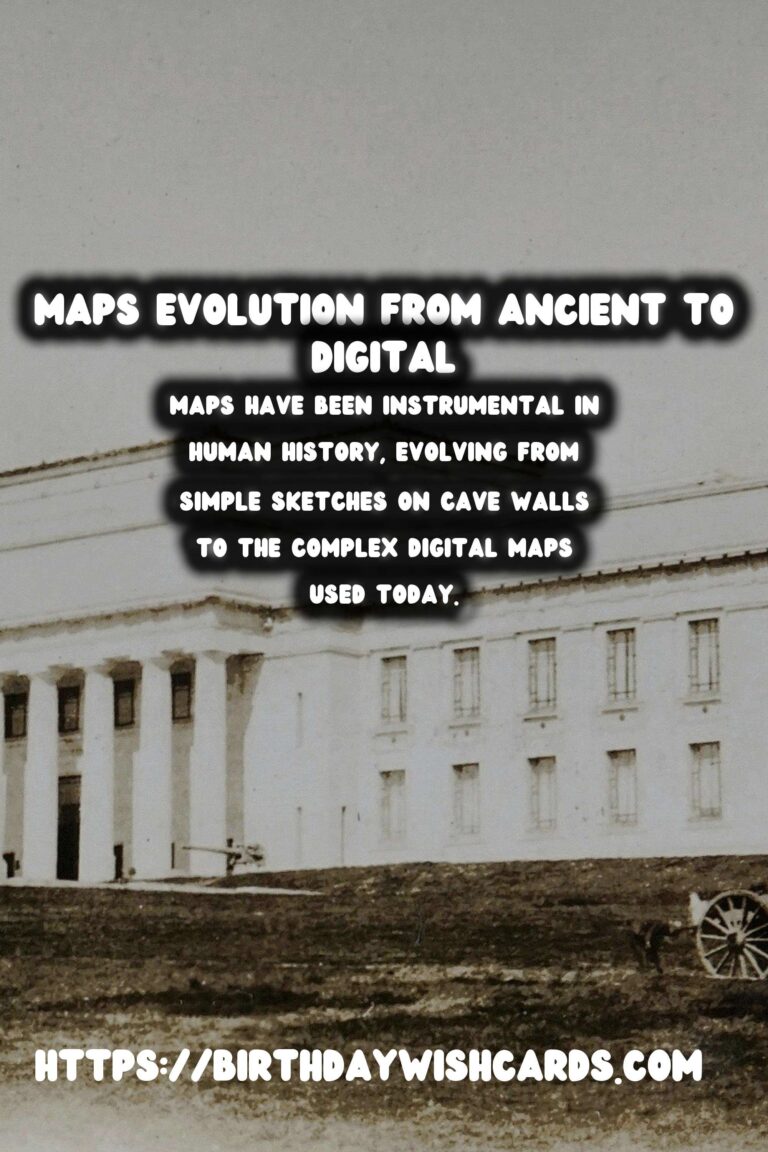
Maps have been instrumental in human history, evolving from simple sketches on cave walls to the complex digital maps used today. This fascinating journey showcases advancements in technology, exploration, and understanding of our world.
The Dawn of Cartography: Ancient Maps
The earliest maps were likely simple depictions of the land etched into cave surfaces or drawn on animal hides. These ancient maps served basic navigation and storytelling purposes.
One of the earliest known maps is the Babylonian World Map, dating back to the 6th century BCE. It is etched on clay tablets and depicts the known world as an island surrounded by water, underscoring the limited geographical knowledge of the time.Ancient Egyptians, Greeks, and Chinese also contributed significantly to early cartography. The Greek philosopher Anaximander is often credited with creating one of the first maps of the world, suggesting a circular Earth.
Cartography in the Middle Ages
During the Middle Ages, European maps were heavily influenced by religious views. Mappa Mundi, medieval European maps, often placed Jerusalem at the center of the world. One famous example is the Hereford Mappa Mundi.
Meanwhile, Islamic scholars made significant advancements, with mapmakers like Muhammad al-Idrisi creating more accurate representations of the known world. The Tabula Rogeriana, created in 1154, was one of the most advanced maps of its time.Chinese cartography also saw growth. The Chinese were among the first to use the compass for navigation, which significantly improved map accuracy.
The Age of Exploration
The Age of Exploration, spanning from the late 15th century to the 17th century, marked a significant turning point in cartography. Explorers like Christopher Columbus and Ferdinand Magellan relied heavily on maps for their voyages. During this period, maps became more detailed and accurate as explorers discovered new lands.
Ptolemy’s Geographia, rediscovered and translated during the Renaissance, laid important groundwork for advances in cartography. The introduction of latitude and longitude systems by Mapmakers like Gerardus Mercator greatly improved navigation.
The Modern Era and Technological Advances
With the advent of the printing press, maps became widely available and more standardized. In the 19th and 20th centuries, advancements in transportation, particularly the railways, aviation, and shipping, necessitated even more precise maps.
Innovations such as aerial photography during World War I and II further enhanced cartographic techniques. The development of satellite technology in the latter half of the 20th century revolutionized mapping once again.The creation of the Global Positioning System (GPS) in the late 20th century marked a dramatic shift in how we use maps. Today, digital maps on smartphones provide real-time navigation and geographical information with unprecedented accuracy.
Conclusion: The Future of Mapping
From ancient scrolls to advanced digital systems, maps have undergone remarkable transformations. As technology continues to advance, the future of mapping promises even more exciting developments, such as augmented reality and 3D terrain visualization. These innovations will undoubtedly continue to shape our understanding of the world.The history of maps is not just a story of geographical exploration but also an insight into how humans have strived to understand and navigate their world through the ages.
Maps have been instrumental in human history, evolving from simple sketches on cave walls to the complex digital maps used today. The creation of the Global Positioning System (GPS) in the late 20th century marked a dramatic shift in how we use maps. 
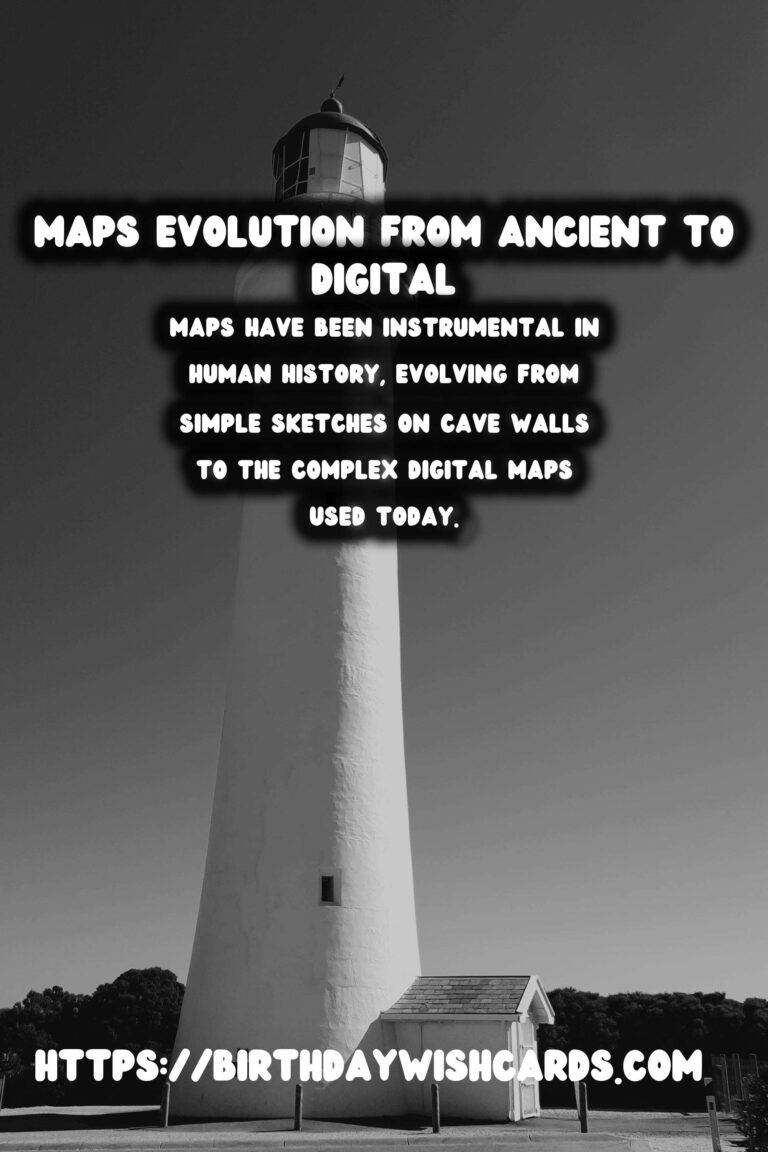
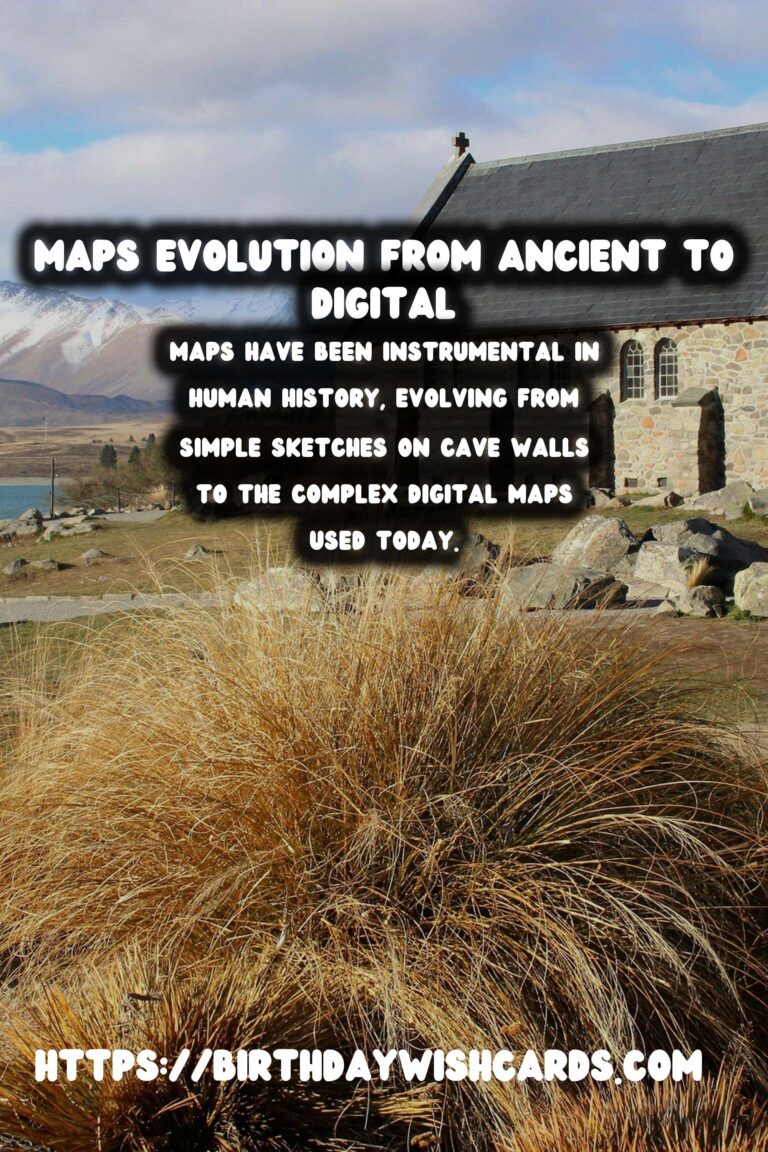
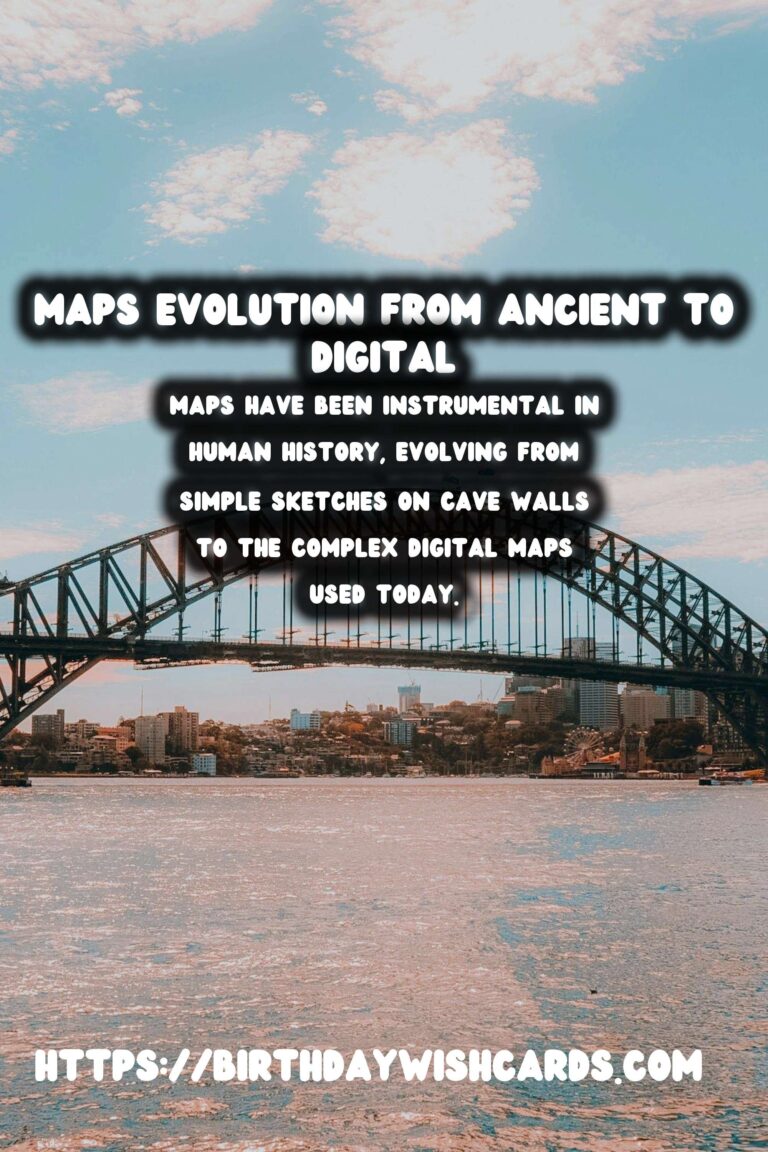
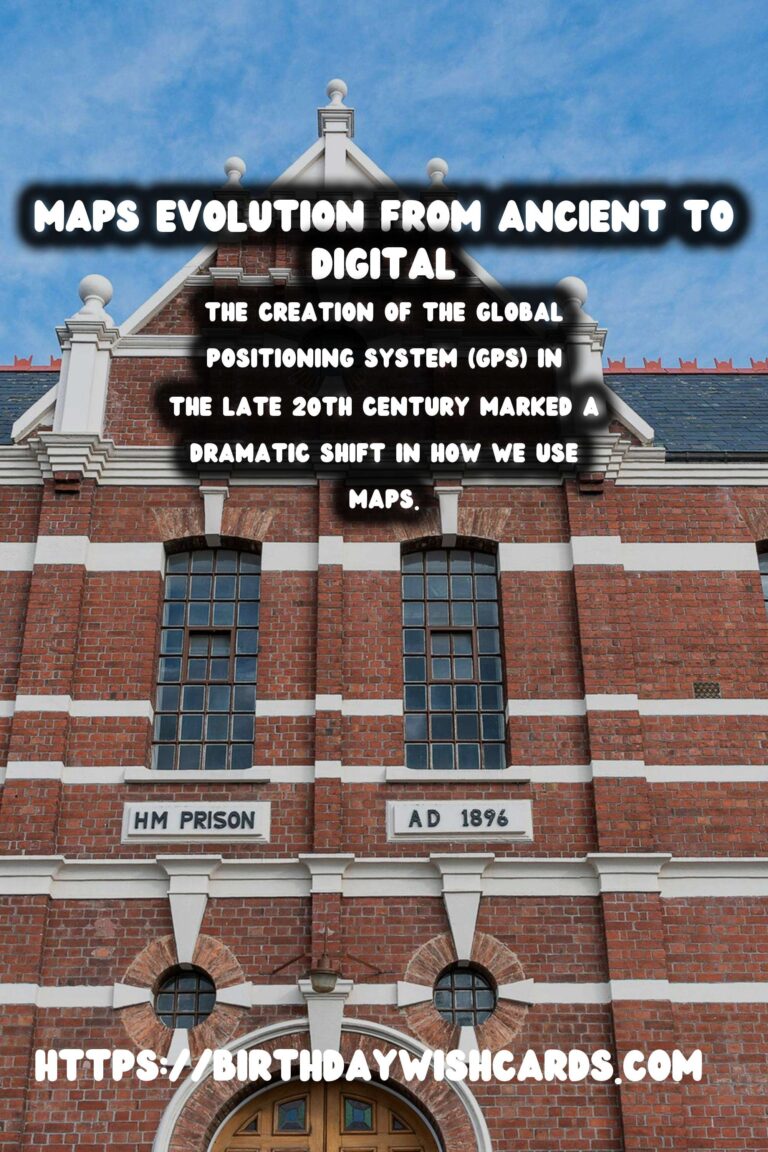
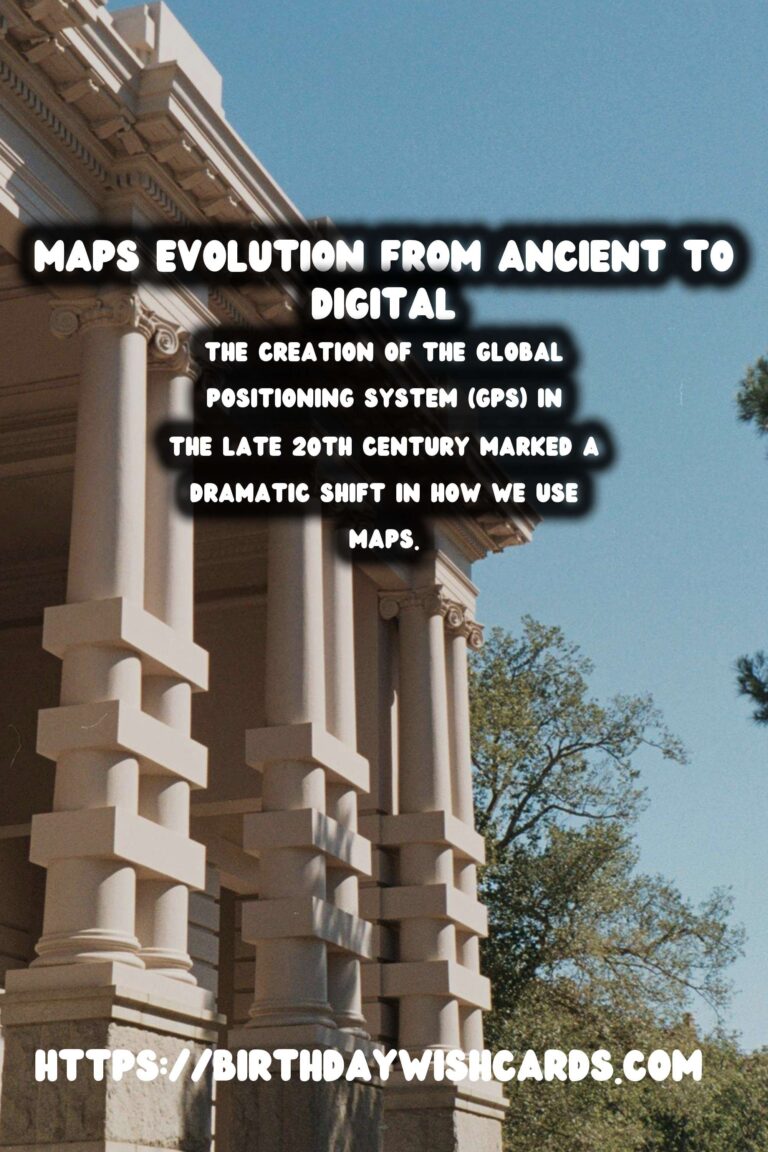
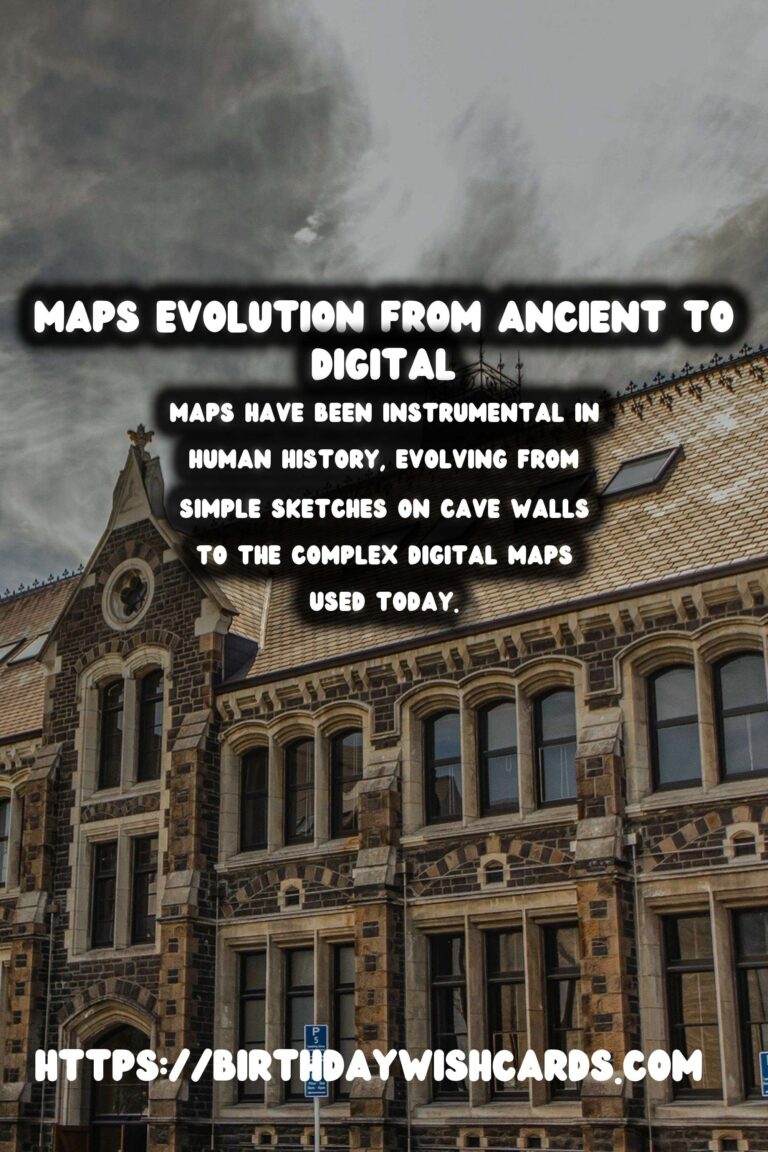
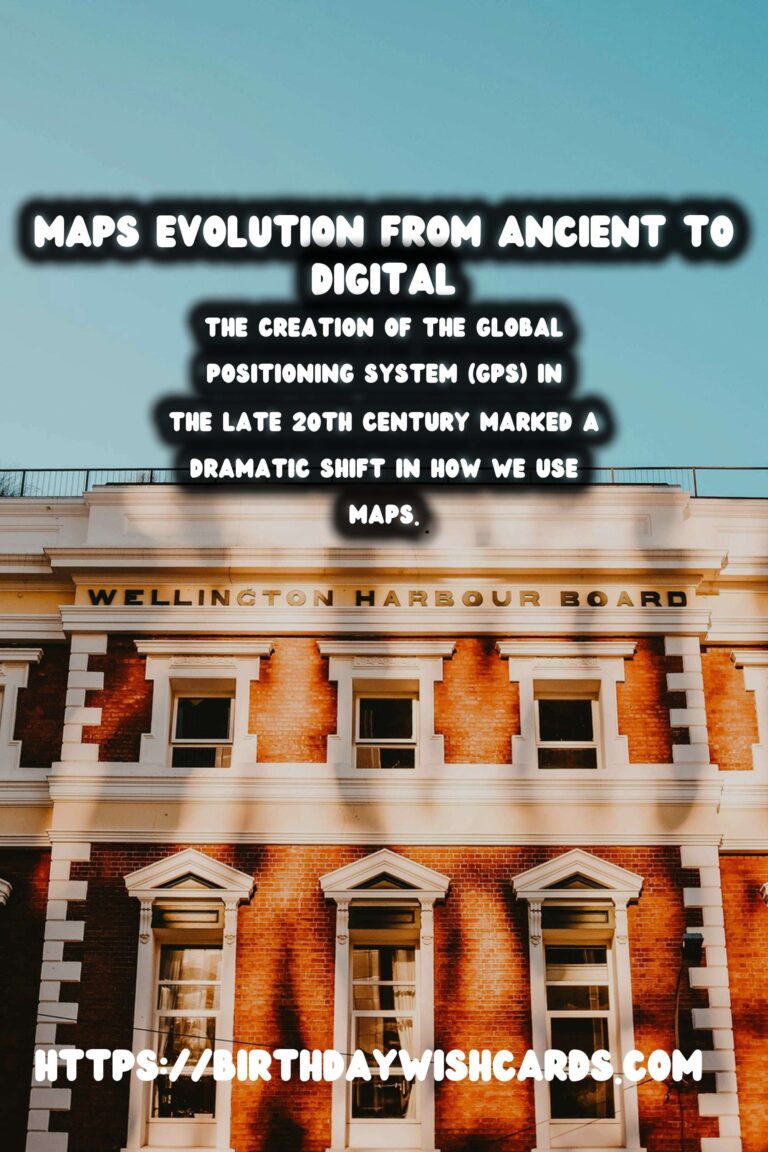
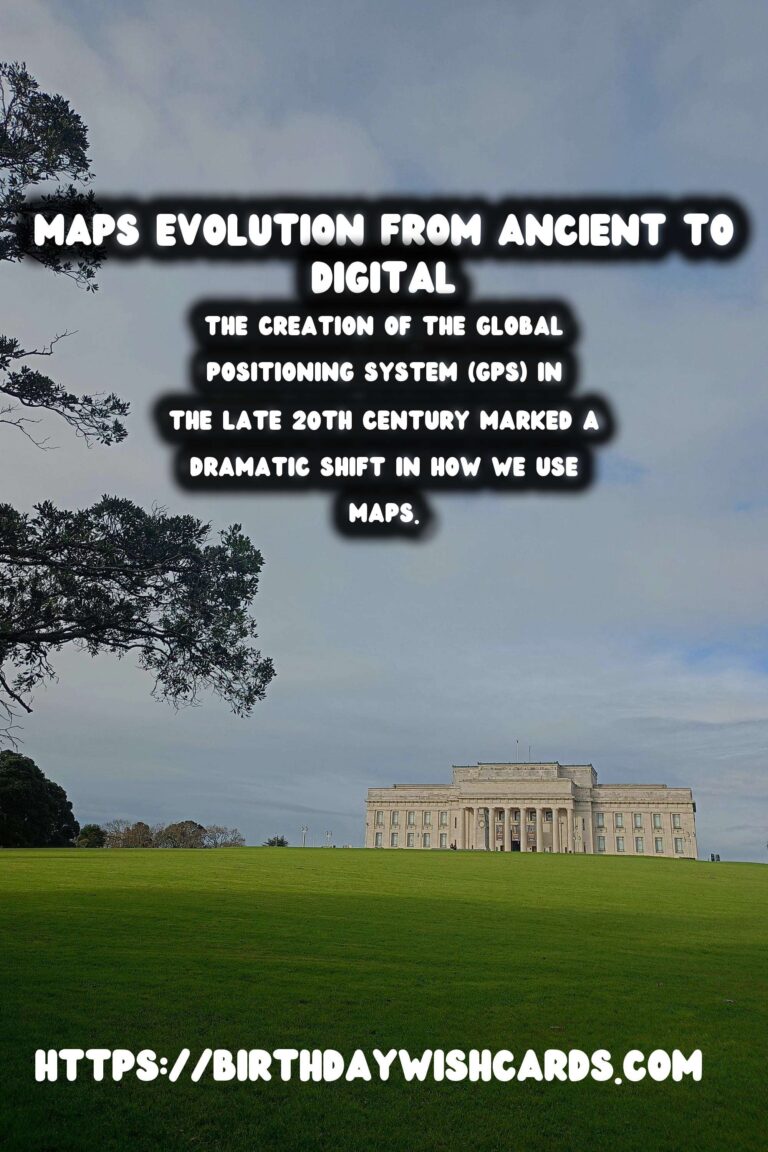
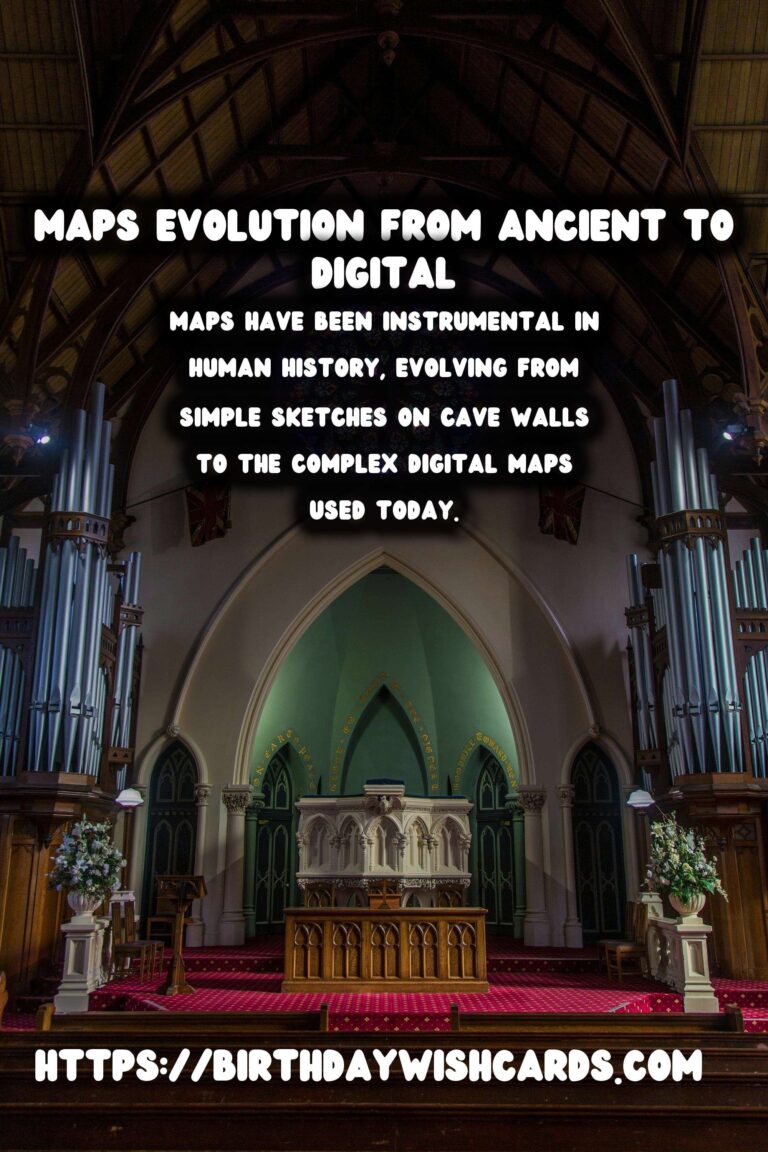
#Cartography #MapsHistory




